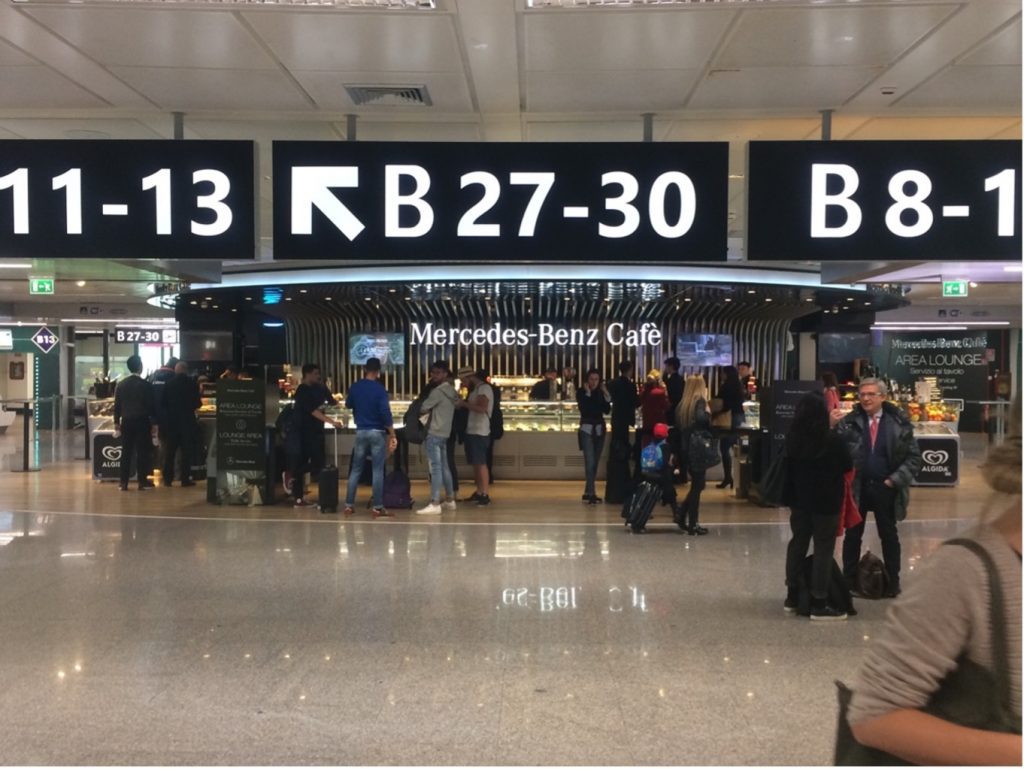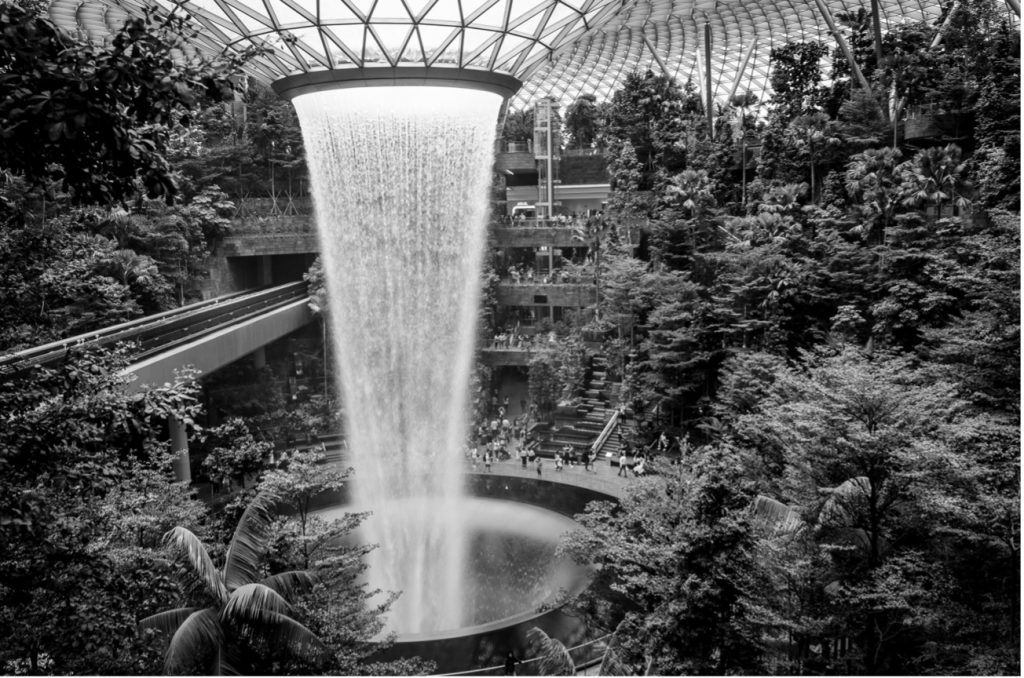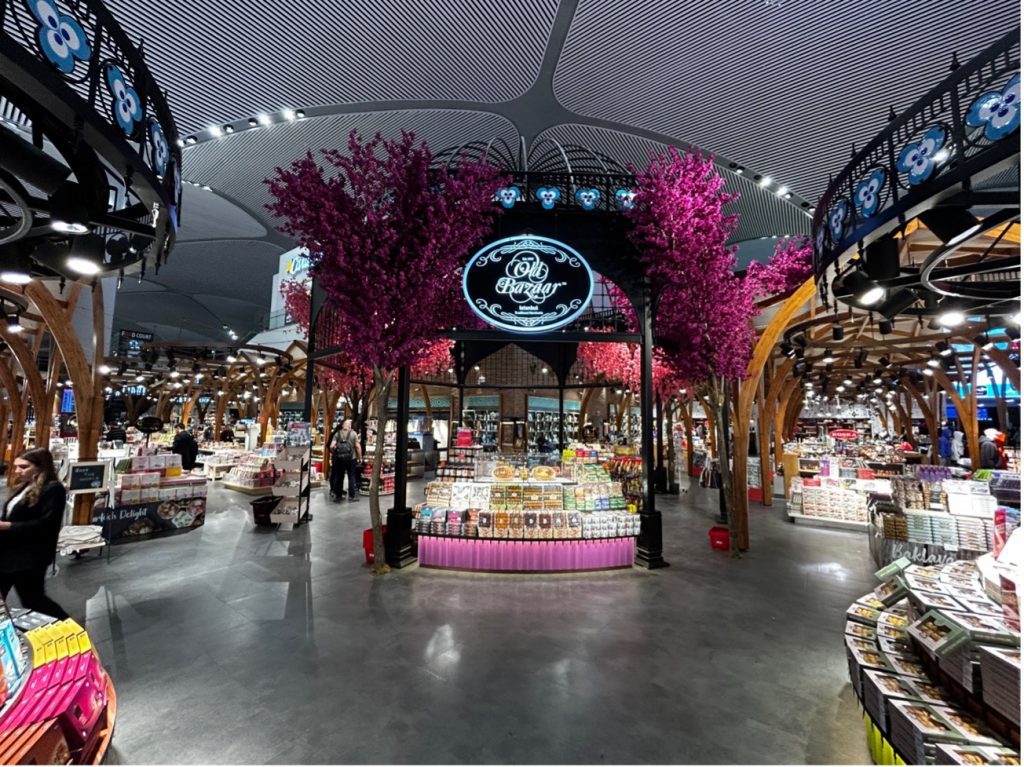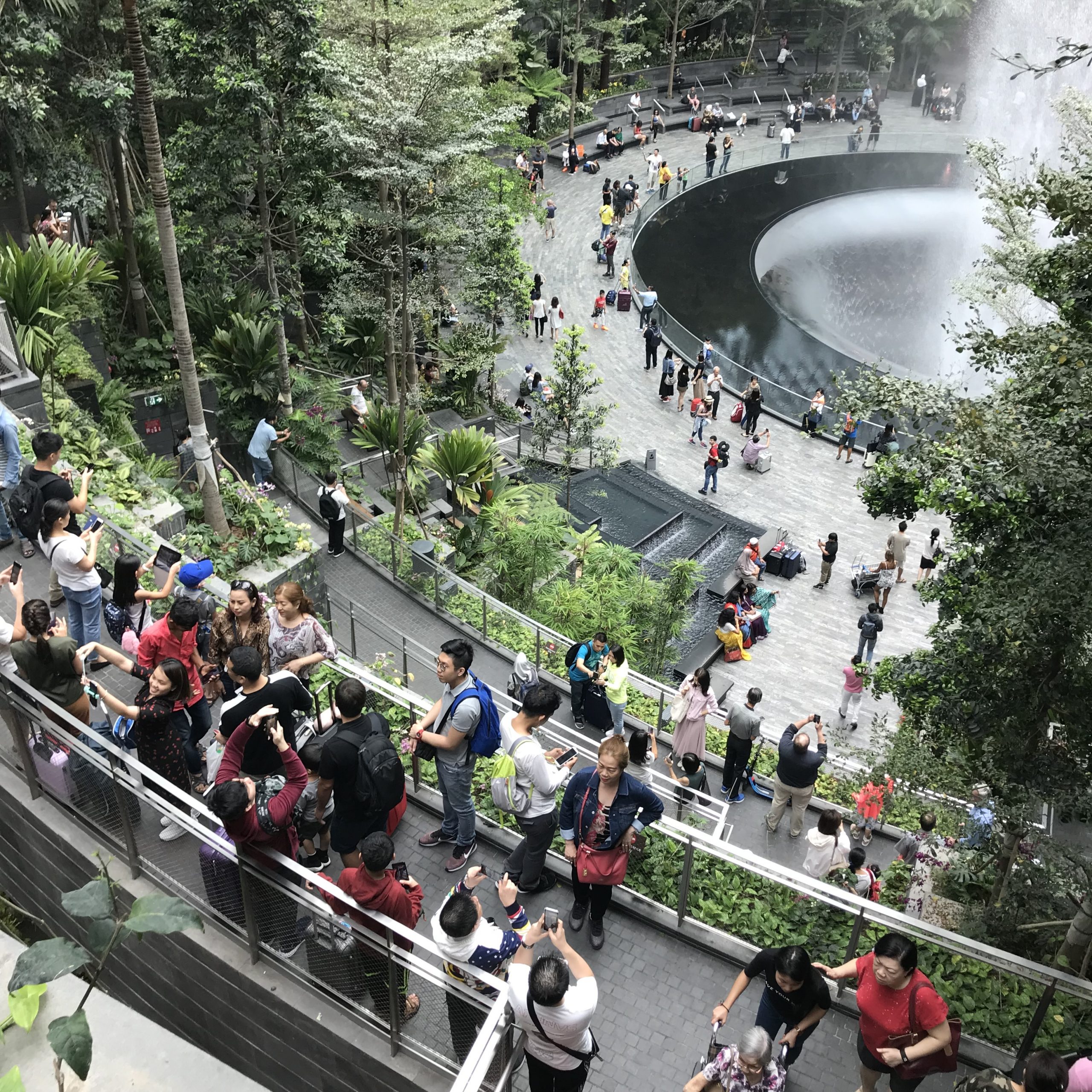Airports. Only those who don’t constantly travel find them glamorous — that’s a fact. For those who live a life like Ryan Bingham, George Clooney’s character in the romantic comedy, Up in The Air, who lived from airport to airport and city to city firing people, this is not the case.
Taking off and putting on shoes and belts, retrieving laptops, worrying about time, traffic, and of course, sleepless nights due to often unfriendly flight schedules, make this whole process much more stressful than pleasant.
But, even if we know this is for security reasons, making us need to arrive earlier each time we fly, why are airports still always so generic and soulless?
“No matter which part of the world you are in, the airport environment is almost always generic, without personality. This lack of personality gives airports, for most part, a status of “non-places””.
(Esteves, 2017) Airports and the sense of places – The Future of Things
What are places and non-places?
Locus — the Latin origin of the term “place” — is something that does not cause any strangeness or unfamiliarity. The term “non-place” is, in turn, unknown to many of us. In order to understand its meaning, one must follow humanistic geography, more specifically using Yi Fu Tuan as a skeleton key, especially when he says: “Space becomes a place as it acquires definition and meaning. When space is totally familiar to us it becomes a place”.
Spaces, places and non-places
Marc Augé refers in his homonymous work to non-places as not having enough symbolic aspects to be considered places. They are generic and could be anywhere else in any other context. But if they are generic, why aren’t they considered spaces? Precisely because they have a clear function, even if they are not endowed with meaning. Therefore, these “functional places” are halfway between spaces and places.
Let’s do a hypothetical exercise as Caio Esteves, Bloom Consulting Managing Partner and Global Director of Placemaking, suggested in his 2016 book, Place Branding. Imagine being blindfolded and transported to an airport somewhere in the world, any airport. When they remove your blindfold, would you be able to say, with certainty, which country it is in? It doesn’t even have to be the city, just the country. Hard, isn’t it?

Place and soul
We often hear the term “soul of the place.” While it is relatively easy to imagine the mood of the place, we never go much further than that.
Genius Loci is a Latin term that refers to the “spirit of the place” or the God/Genius that rules the place inhabited by man. This “genius” was worshipped by the Romans and appeared around 27 BC. Millennia later, Christian Norberg-Schulz assumed the term to refer to the identity of the place through a phenomenological approach, and as a result, everything became more palatable.
Are airports doomed not to be places?
Although in a large part of the world airports send us to the sadness of queues, schedules, and little fun, a few places have started to understand an extremely simple and obvious statement.
“An airport is the first point of contact and, at the same time, the last memory of a destination.”
(Esteves, 2017) Airports and the sense of places – The Future of Things
In other words, airports have the vocation, in addition to being portals that take us from point A to point B more quickly and are also portals to the local culture. In this way, in addition to connecting passengers with the local culture, they themselves can become destinations.
At Bloom Consulting, we use Placemaking.ID®, our own methodology, to layer intangible and tangible layers, that is, the concept that defines the place, or its soul if you prefer, with sensory experience in the physical space, creating meaning and experience that change non-places into places.
Not everything is lost
Some places have already understood the power of their airports and have experimented with investing heavily in transforming non-places into places. The best-known case, also because it was one of the first, is Singapore Changi Airport.
Much more than the pool, which first put the airport on the map, in 2019 a new area called The Jewel was inaugurated. It is 135,700m2 large and required an investment of 1.3 billion dollars. This area is formed by a huge shopping mall that surrounds a huge garden and connects the different airport terminals. 256,000 people visited the airport on its first day of operation in April 2019. But what really makes The Jewel special, beyond all the pyrotechnics, is the fact that the airport now has the prospect of catering more to Singaporean residents than to travelers per se, with a ratio of six city-dwelling visitors to every ten total visitors.

Another noteworthy example is the new airport in Istanbul. Without the same fame as its Singaporean counterpart, the Turkish airport was elected the best airport in the world in the Condé Nast Traveler magazine 2022 Reader’s Choice Awards. In addition to its immense size — something that has become standard at new airports — Istanbul Airport has perhaps the best curation of shops and restaurants of any airport in the world. Unlike the standard stores found at airports on all continents, Istanbul draws attention to the huge Bazaar in the central area of the airport, emulating a traditional bazaar offering local and typical products — something rarely seen in other major airports. Another positive point is the sensational Turkish Airlines lounge, from a Turkish airline that is constantly listed as one of the best in the world. Local food and enviable architecture transport the traveler exactly where he is, that is, connect the traveler to the local culture, even if they are just passing through.

Conclusion
Some destinations have begun to understand the power of their airports and the need to give them not only identity, but also a layer of experience capable of offering a pleasant opportunity to people waiting for their flights, and a point of connection and seduction in relation to the city and country where they are. The pool or the garden at Changi or the Old Bazaar at IST, the fact is that the layers of Place Branding and Placemaking seem essential and indispensable to the new airports of the 21st century, where more than functional places we seek experiences with meaning, especially in a moment when the world is recovering from the impact of the pandemic and where business travel may never return to pre-2020 levels. Once we need to travel, let it be through places that are both efficient and pleasurable, with authentic experiences and meaningful substitutes for non-places that add little to us all.
Published on 15.03.2023.












